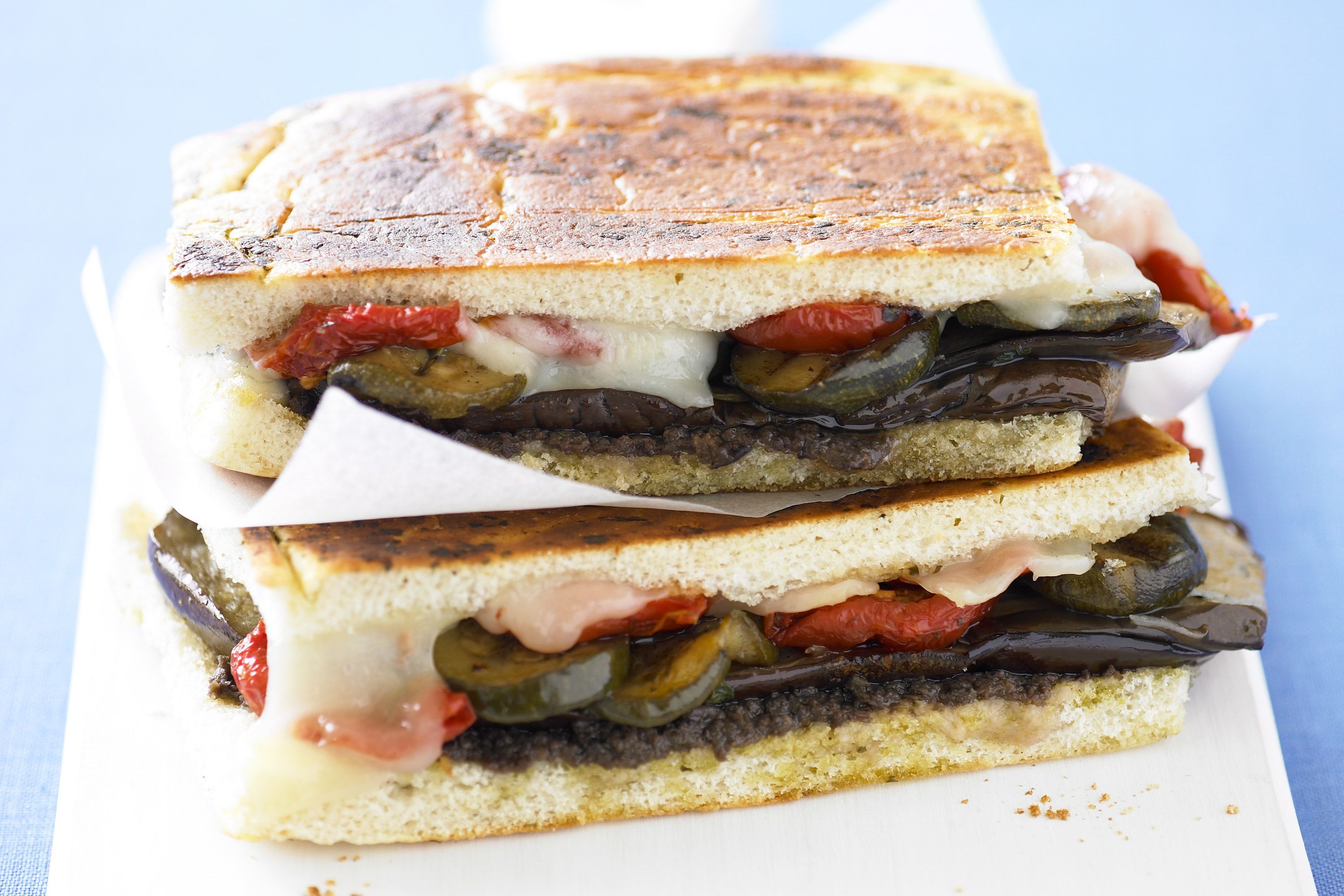Polytechnique Montreal grades cafeteria dishes from A to F corresponding to equivalent CO2 emissions in kilograms, according to Patrick Cigana of the school's Office of Sustainable Development.
This allows students to check out information about the dishes’ carbon footprint.
Supported by the student body, the project aims to educate and raise awareness, says Cigana.
The study helps students know what is best for the environment.
For example, a meal of meat and potatoes was rated B compared to the D+ given to the vegetable focaccia because of its au gratin cheese.
To calculate the carbon footprint of each dish, a small team of researchers and students at the on-campus International Reference Center for Life Cycle Analysis and Sustainable Transition (CIRAIG) analyzes each of the recipes’ ingredients based on previously compiled databases.
According to Francois Saunier, deputy general manager of CIRAIG, the process starts from the field, from the moment we cultivate the plant until the dish is served in the cafeteria
The calculations include transportation, food waste, and cooking in the cafeteria.
He noted the unexpectedly high carbon footprint of cheese or rice, being major sources of methane emissions.
The food system, including production, packaging, and distribution, - represents the primary source of greenhouse gas emissions at the global level, according to Carole-Anne Lapierre, an agriculture and food systems analyst at Equiterre.
Polytechnique's initiative gives us immense power as consumers because we can make different choices, adds the expert,
The university's pilot experiment is the only one of its kind in Canada, although in 2019 a French university and some British restaurants created menus using a similar idea.



 Silver Prices Hit Record High as Safe-Haven Demand Surges Amid U.S. Economic Uncertainty
Silver Prices Hit Record High as Safe-Haven Demand Surges Amid U.S. Economic Uncertainty  What’s so special about Ukraine’s minerals? A geologist explains
What’s so special about Ukraine’s minerals? A geologist explains  FDA Memo Raises Questions About Possible COVID-19 Vaccine Links to Rare Child Deaths
FDA Memo Raises Questions About Possible COVID-19 Vaccine Links to Rare Child Deaths  Bank of Japan Poised for Historic Rate Hike as Inflation Pressures Persist
Bank of Japan Poised for Historic Rate Hike as Inflation Pressures Persist  Blue Origin’s New Glenn Achieves Breakthrough Success With First NASA Mission
Blue Origin’s New Glenn Achieves Breakthrough Success With First NASA Mission  Eli Lilly’s Inluriyo Gains FDA Approval for Advanced Breast Cancer Treatment
Eli Lilly’s Inluriyo Gains FDA Approval for Advanced Breast Cancer Treatment  How is Antarctica melting, exactly? Crucial details are beginning to come into focus
How is Antarctica melting, exactly? Crucial details are beginning to come into focus  Pfizer Boosts Bid for Metsera Amid Intensifying Rivalry with Novo Nordisk in Obesity Drug Market
Pfizer Boosts Bid for Metsera Amid Intensifying Rivalry with Novo Nordisk in Obesity Drug Market  Astronomers have discovered another puzzling interstellar object − this third one is big, bright and fast
Astronomers have discovered another puzzling interstellar object − this third one is big, bright and fast  iRobot Files for Chapter 11 Bankruptcy Amid Rising Competition and Tariff Pressures
iRobot Files for Chapter 11 Bankruptcy Amid Rising Competition and Tariff Pressures  How ongoing deforestation is rooted in colonialism and its management practices
How ongoing deforestation is rooted in colonialism and its management practices  Novo Nordisk and Eli Lilly Lower Prices for Weight-Loss Drugs Amid U.S. Agreement
Novo Nordisk and Eli Lilly Lower Prices for Weight-Loss Drugs Amid U.S. Agreement  Ukraine minerals deal: the idea that natural resource extraction can build peace has been around for decades
Ukraine minerals deal: the idea that natural resource extraction can build peace has been around for decades  NASA and Roscosmos Chiefs Meet in Florida to Discuss Moon and ISS Cooperation
NASA and Roscosmos Chiefs Meet in Florida to Discuss Moon and ISS Cooperation  SpaceX Starship Explodes in Texas During Test, Citing Nitrogen Tank Failure
SpaceX Starship Explodes in Texas During Test, Citing Nitrogen Tank Failure 































